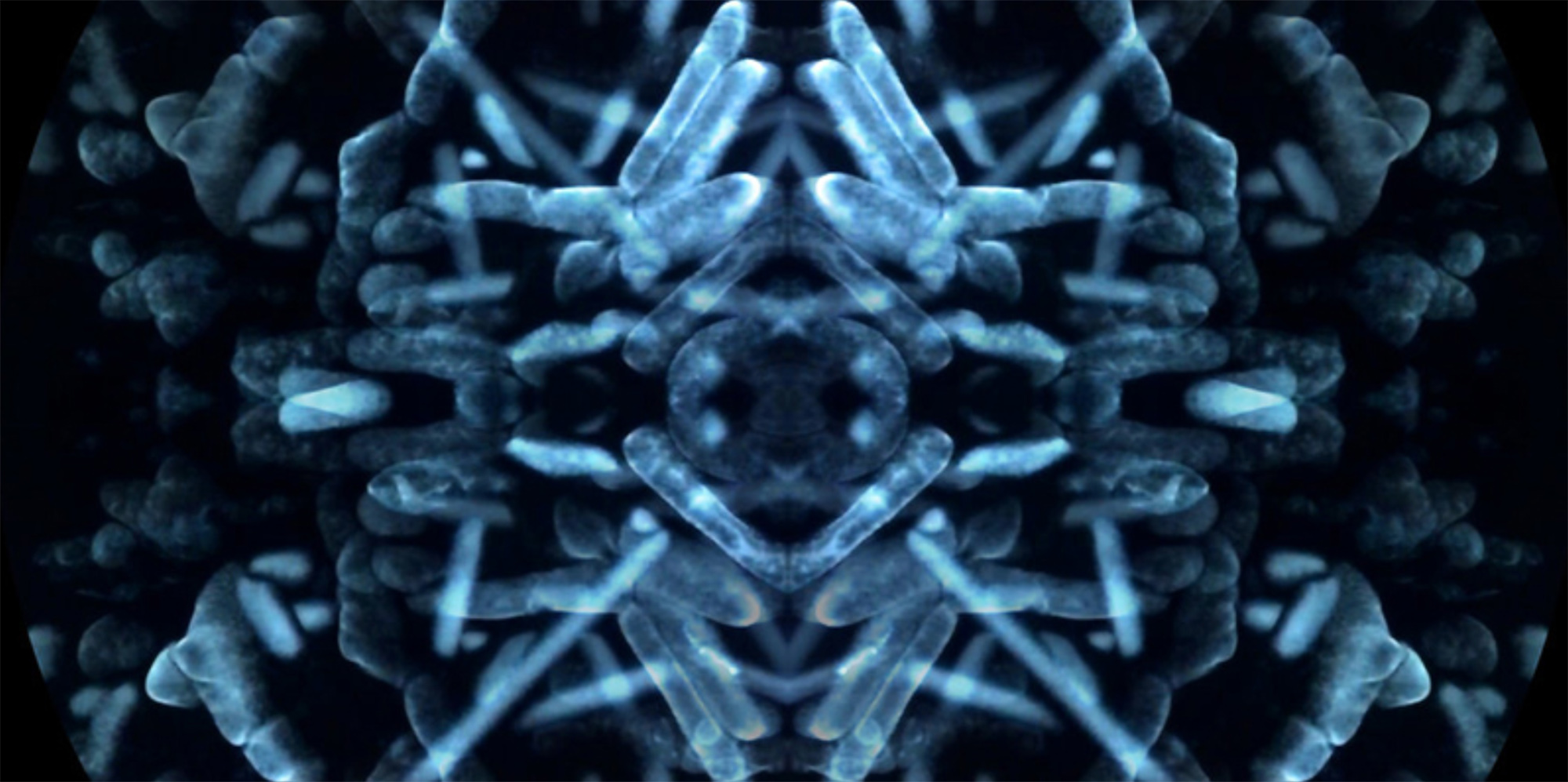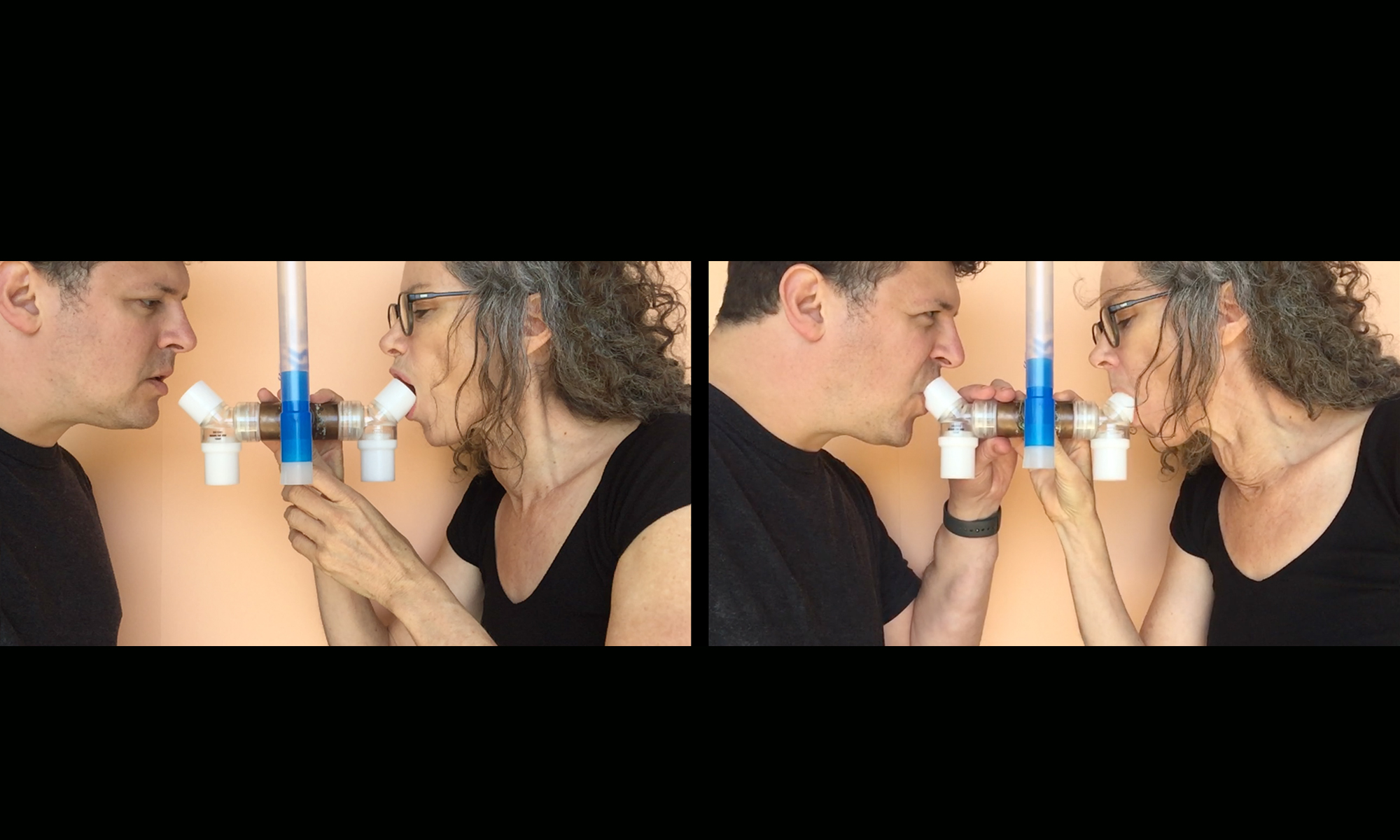ANAT SPECTRA is a biennial festival showcasing the best research and creative work being produced through collaborations between Australian and New Zealand artists and scientists.

We submitted this abstract for the forthcoming ANAT SPECTRA, Melbourne, April 2022:
DNA as molecule, DNA as data: Liminal entities, radical porosity, and the limits of legal and ethical practices of care [Working title]
Dr Helen Pynor, Dr Jimmy Breen, Dr Carolyn Johnston
DNA exists in both material (molecular) and dematerialised (genomic data) forms. It also has the paradoxical status of encoding information regarded as an incontestable expression of individual identity, requiring data privacy, whilst simultaneously being a bodily material that is shed copiously into the world, via a multitude of routes, and in rare cases can be extracted and sequenced from bodily remains thousands of years later. This interdisciplinary collaborative research project between an artist/researcher, genomics bioinformatician, and legal scholar explores the ontological and ethical implications of DNA that is separated from its originating body, highlighting the liminal nature of such DNA and the data generated from it.
Human DNA exhaled in our outbreaths, and inhaled by others in their inbreaths, is a little-known form of DNA shedding, although viral shedding has been intensely scrutinised during the current pandemic. As performative action and molecular biology experiment, we capture combined breath samples from Pynor and Breen, and extract, amplify, sequence and analyse the DNA present in their outbreaths. We reveal human (male and female) and microbial DNA. This multi-person, multi-species genomic data, extracted from this most nebulous of materials – breath exhalations – emblemises our multi-species, radically porous, bodily ontologies. It joins other contemporary challenges to the notion of individuality and the bounded body that have dominated Western understandings. A new installation artwork (performance video, manipulated genomic data, haptic/kinaesthetic objects) explores these ideas.
In contrast, DNA that is intentionally sampled and sequenced for biomedical diagnosis/research joins large, anonymised DNA data research repositories. We argue that extracted DNA, arguably a ‘semi-living’ entity (as defined by Catts and Zurr) and the data generated from it, are liminal entities. This presents challenges for legal and ethical practices of care, including custodianship, access and ownership of DNA data, and communication of the value of DNA data to donors.
